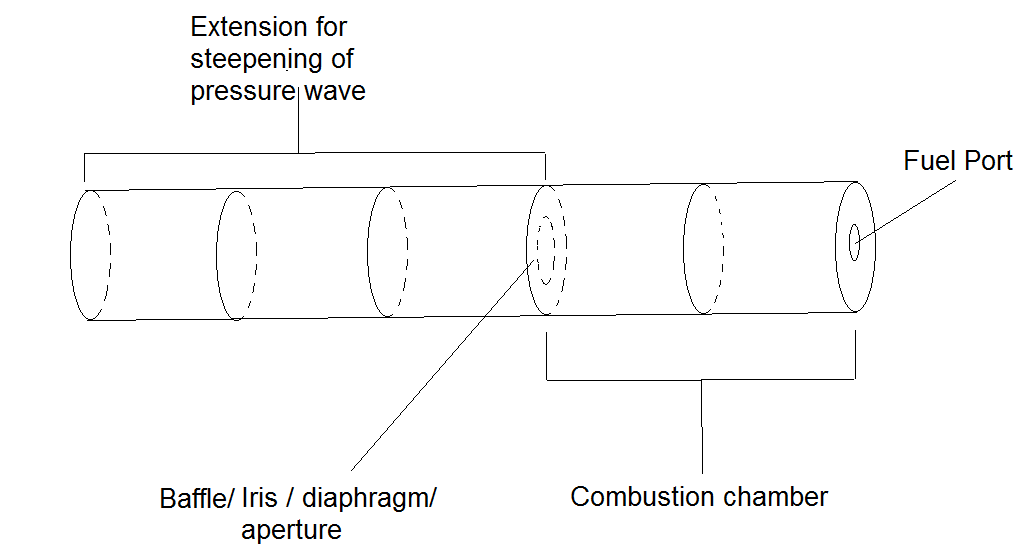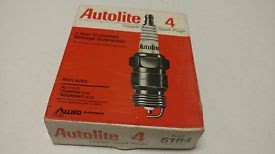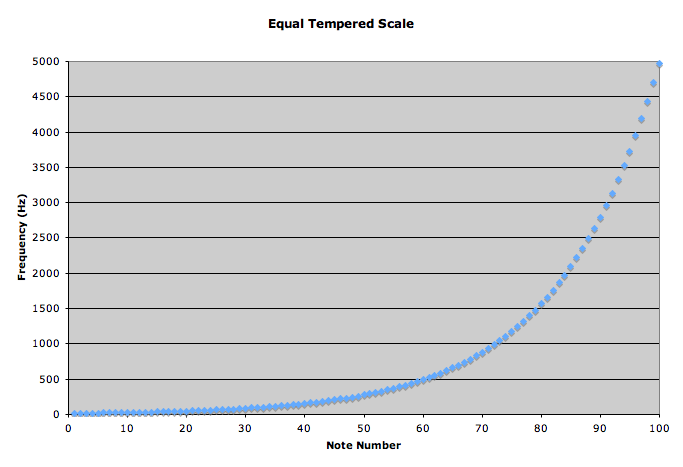In signal processing, the delta impulse (a.k.a Dirac delta or delta "function") characterizes a system's entire frequency response simultaneously (the "impulse response"). A snap, crack, pop, or bang approximates an impulse, exciting nearly all vibration modes of the resonator at once. Perhaps this gives a holistic sense of the acoustics of the resonator. The Explodophone would therefore provide some of the most frequency- and information-rich timbres of any instrument.
Here is a video of the first performance of the Explodophone 1.0.
 bryan.lowder
bryan.lowder









"The explodophone" you mean the Galaxy Note 7?